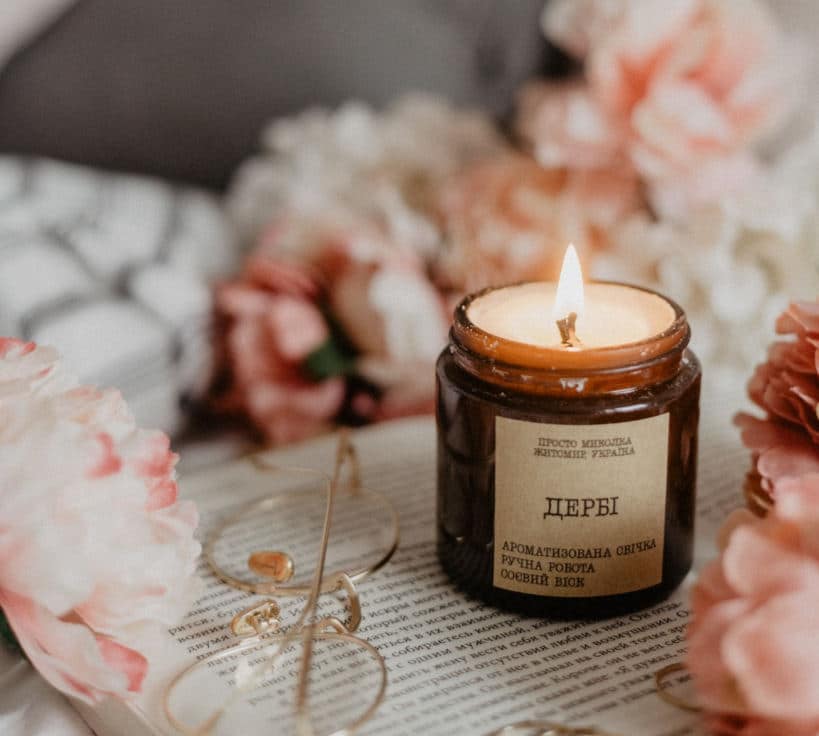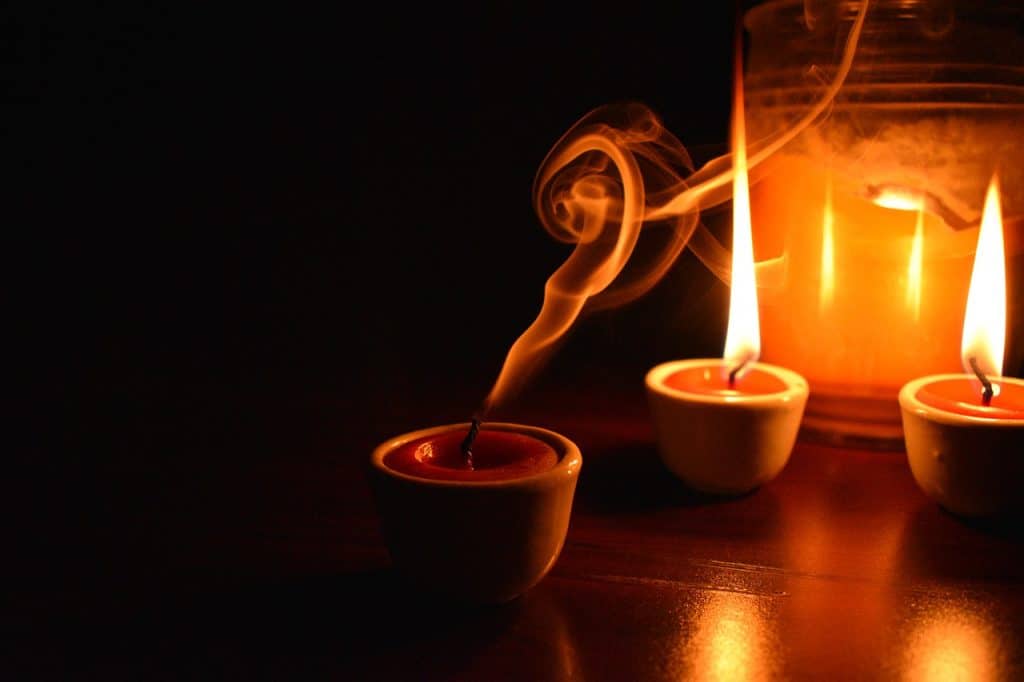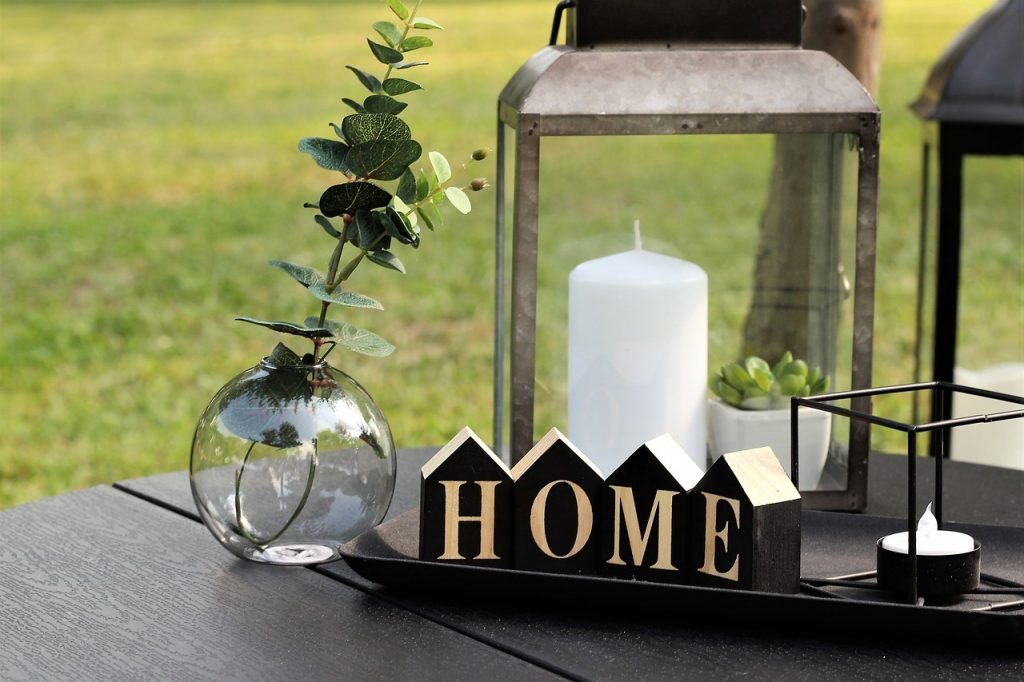If you are tired of asking the candlemakers or store owners about how long your candle will burn, I have a complete guide for your help.
You can easily calculate the burn time of your candle. The candle’s burning depends on multiple variables like candle size, type of wax and wick, length of the wick, etc., which play a role in determining how long the candle will burn. Small candles with a smaller wick have a longer burn rate per ounce than the larger wicks.
Other factors involved are the location, amount of oxygen in the air, and temperature variance. The knowledge of the burn time of any candle allows us to understand how long will it burn
Candle size affects how long the candle burns
Generally, small votive candles burn longer than large pillar or taper candles per ounce of wax.
A 10-inch taper candle can burn for at least 9 hours. But the time for a pillar candle depends on its diameter and height. For a 3 inch diameter, the pillar candles of height between 3 to 6 inches can burn for about 45 to 75 hours.
Small votive candles with dimensions of 2.5 inches in height and 1.5 inches in diameter can burn for up to 15 hours. And wider tea lights candles about 16 inches in diameter burn only for 5 to 8 hours.
The burn time for the container candles depends on the size of the container. A small container that can hold up to 4 ounces of wax will last about 40 hours, but a large container with over 20 ounces of wax will burn for over 150 hours.
Burn Test to find how long will the candle burn
You need to perform some head-spinning calculations to estimate your candle’s burn time with the Partial Burn test.
- Measure the initial weight of your unburned candle to the nearest ounces.
- And burn the candle for at least two to three hours to get a rough estimate of the candle burned during test burn.
- For the final readings, cool your candle and record its weight and the weight of the empty container.
- Subtract the final weight of the candle from the initial weight to figure out how many ounces of the candle has burned.
- Now, divide the wax’s total weight (the container’s weight is not included) by the wax consumed in the burn test. This will give you the number of burns of your candle for a particular product or size. You can calculate the burn time for the candle.
- Finally, multiply the number of burns by the total number of hours the candle was burned. This will give you an estimated burn time for your candle.
For a Full Burn test, repeat step 2 until the candle burns itself out. Record the number of burn tests and hours the candle burned. Multiply both values to get a perfect estimate of the candle’s burn time. However, the process is quite lengthy and time taking.
Calculation of the burn time with an example
Let’s understand the mathematical calculation by considering a free-standing candle with a total wax weight of 10 oz.
- The initial weight of the candle = 28 oz.
- Burn the candle for 3 hours
- The final weight of the candle = 26.5 oz.
- Total wax used = 28 oz. – 26.5 oz. = 1.5 oz.
- Estimated burns = 10 oz./1.5 oz. = 7 burns
- Estimated candle burn time = 12 burns * 3 hours = 21 hours
Variables that can increase the time your candle burns
Taking care of a few other things can significantly increase your candle’s burn time and shelf life. Consider the following factors to increase the burn time of your candle
- Trim its wick every few hours to ¼ inch with a scissor or a specialized wick trimmer. It creates a steady flame and lengthens the life of the candle by 25%.
Longer wicks result in uneven burning or sooting that would leave a dark streak inside the container.

- Remove any debris from the wax pool. This provides fuel to the candle and causes flaring.
- The wax pool around the wick determines how long the candle will burn. Never burn your 3-inch candle for more than three hours. Allow it to cool and relight the candle after at least two hours.
Longer burning leads to mushrooming of the wick- the carbon collects on the wick. This produces smoke and soot.
Burning a new candle for at least three to four hours allows it to melt evenly to the edges. This also prevents the tunneling (a hole in the center) of the candle by setting a burn memory.
- Keep your candles, particularly the scented candles, away from the window, trafficked area, and direct sunlight in a cool, dry place.
Does candle burn one inch per hour?
The rate at which the candle burns depends on the nature of candle wax, its diameter, material and diameter of the wick, oxygen concentration in the room, and most importantly, the room temperature.
Thick candles take four times longer to burn per inch. Beeswax candle burns brighter and longer than the traditional paraffin wax candle and doesn’t produce toxic soot.
Similarly, the number and material of wick, i.e., cotton, wood, etc., can significantly impact the candle’s burning rate. A candle with ample oxygen will burn faster. And a candle placed in a cooler environment as most heat will be consumed to heat up the wax to melt it and then combust.
Thus, there is no standard burn rate for any candle.
How long will your soy candle burn?
The soy candles are made of plant-derived wax extracted from soya bean. The soy wax candle with trimmed wick lasts 30% longer than the regular paraffin wax candle.
An important factor responsible for the longer burning time is that the soy wax candles burn gradually at a cooler temperature with a small flame. The wax molecules have low volatility that reduces the flow of melted wax through the wick. This results in a longer burn time as compared to the traditional candles.
How long should you let the candle burn?
You should never leave your burning candle unattended. Burn a small 3 oz. Votive candle for no longer than 45 minutes. This is because the glass is a good conductor of heat. The candle’s small size will gradually heat up the glass, leading to any potential damage.
Should you leave your candle burning for long hours?
This depends on what kind of candle (paraffin, mineral oil, beeswax, etc.) you use, the ventilation of your room, and the number of flammable substances in the vicinity of your candle.
For traditional candles, i.e., fossil-origin paraffin candles, the wax contains volatile carcinogenic compounds. These harmful toxins are released into the air during candle combustion and inhaled by us. In the small, air-tight space, this can lead to congestion and asphyxiation.

Burning a candle longer than four hours might lead to mushrooming of the wick. It can burst into flames that can cause ignition of the combustible substances in the room, e.g., drapes, paper, and dresses, hair sprays, etc.
It can also heat up the glass container, for it is a good conductor of heat. This can lead to the glass cracking, spilling the melted wax on the tabletop, or staining the carpet. All-in-all, you should not risk your safety by leaving a candle unattended.
Bottom line
So far, we have discussed all the factors that can increase or decrease the candle’s burn time. Usually, the time is jotted down on the candle’s packaging regarding the nature of wax used and its size.
All you got to do is trim the wick every few hours, especially before burning the candle. Don’t blow out the candle before one hour of burning. This is to burn the wax to the edges and set the burning memory of the candle.
And don’t burn the candle for an extensive period. This would prevent mushrooming of the wick, flaring of the flame, and soot production.
Last but not least, NEVER leave your candle unattended. This would avoid the toxic build-up of the harmful volatile compounds and prevent any accident from the flame’s flaring or spilling of the melted wax.
I hope you got an idea of estimating the burn time of your candle and increasing its life with simple precautions. Now, you are all set to cherish your favorite scented candles for a more extended period.




